The Ford Explorer has been a popular choice for SUV enthusiasts since its introduction in 1990. With its sleek design, powerful engine, and advanced technology, it has become a staple in the market.
However, one issue that has been plaguing some Ford Explorer owners is the appearance of the wrench light on their dashboard. This warning light, also known as the service engine soon light, can cause confusion and concern for drivers. Is it a serious problem? What does it mean?
Here, we will delve into the intricacies of the wrench light Ford Explorer and provide you with a comprehensive guide to understanding its purpose and the steps you can take to address it.
Whether you are a new Ford Explorer owner or have been driving one for years, this article will equip you with the knowledge and resources to navigate this common issue effectively.
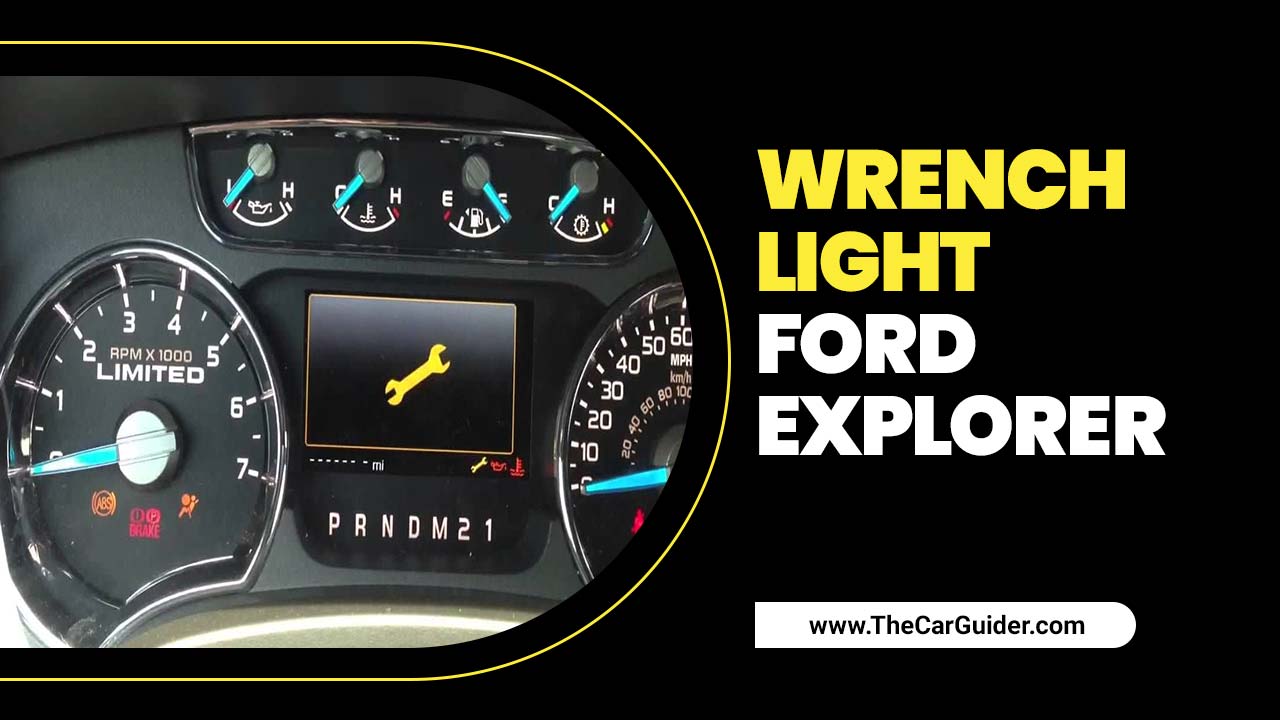
Key Takeaways:
- The wrench light in a Ford Explorer signals powertrain or electronic issues requiring immediate attention.
- Common causes include throttle body, transmission, or sensor malfunctions.
- Ignoring the warning can worsen mechanical problems and increase repair costs.
- Use diagnostic tools to retrieve error codes and consult a professional for accurate repairs.
Wrench Light Ford Explorer Function – Reasons That Trigger To Illuminate
The wrench light in a Ford Explorer serves as a warning indicator for various issues related to the vehicle’s powertrain or electronic systems. When illuminated, it typically signifies a problem that requires attention from the driver or a professional technician.
- Powertrain Malfunction
- Electronic Throttle Control (ETC) System Issue
- Transmission Problems
- Reduced Engine Power Fault Codes Stored
The wrench light on a Ford Explorer typically indicates a powertrain or electronic throttle control (ETC) system malfunction. When this light illuminates, it is recommended to have the vehicle checked by a qualified mechanic or contact the nearest Ford dealership.
They will be able to diagnose and address any underlying issues that may be causing the wrench light to come on. It’s important not to ignore this warning light as it could indicate a problem with the vehicle’s engine or transmission.
All About Ford Explorer Wrench Light
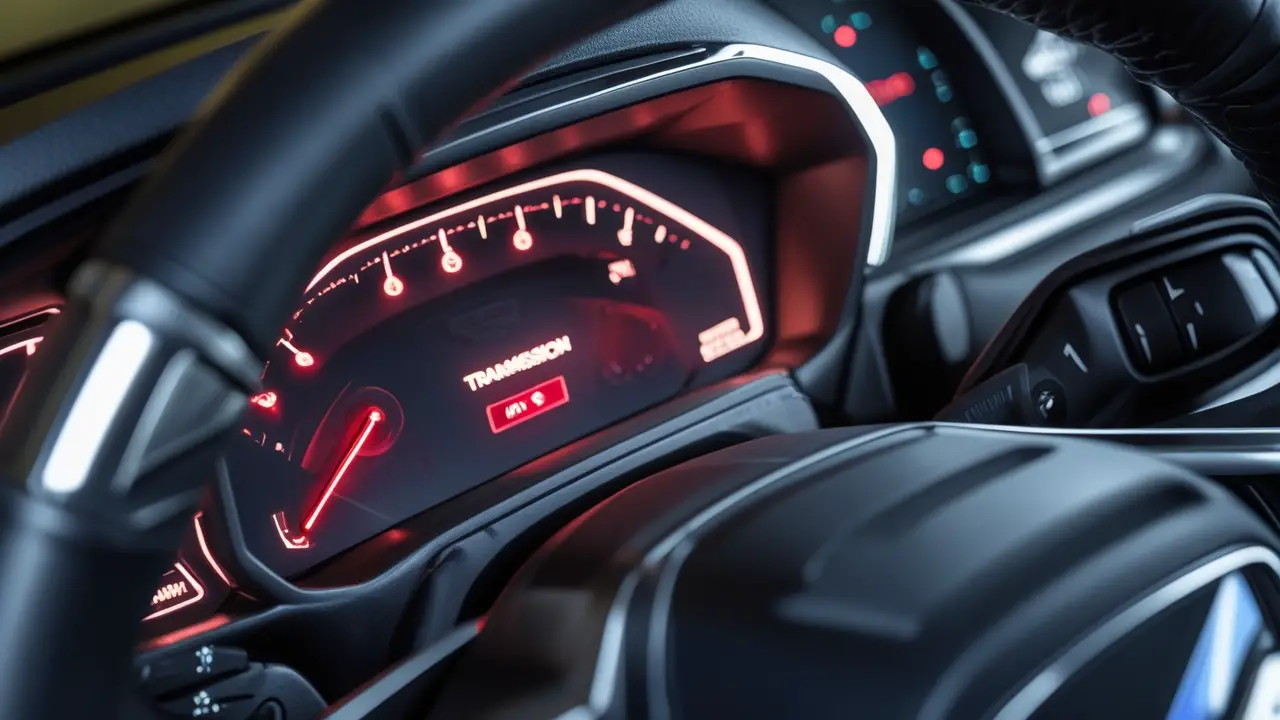
The orange wrench light, also known as the wrench warning light or wrench symbol, found in modern vehicles like the Ford Explorer, is a crucial indicator for potential engine or system issues.
When the check engine light or wrench icon illuminates, immediate attention is necessary to prevent any further damage to the powertrain or transmission. It serves as a valuable tool in ensuring vehicle safety and functionality.
Can You Drive With The Wrench Light On Ford?
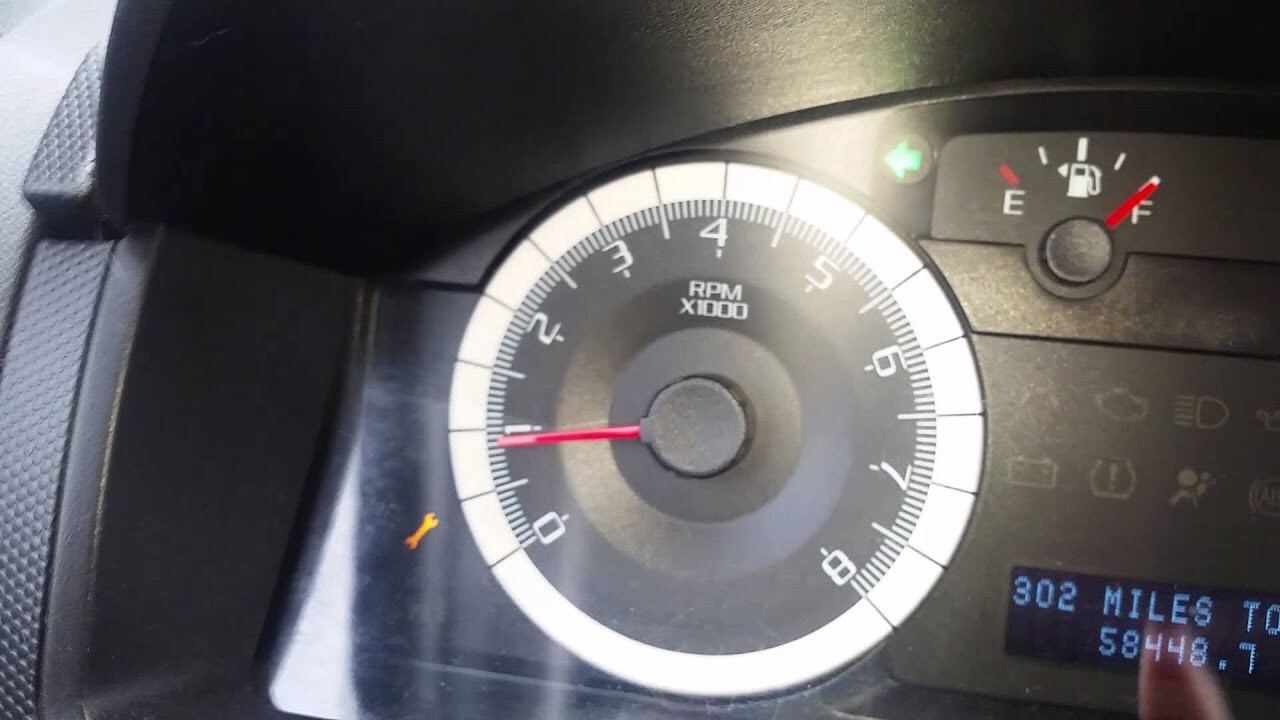
The wrench light signals as a powertrain malfunction indicator, potentially affecting 3rd gear. Driving with this indicator On, risks further damage to crucial parts. You should stop moving, check the error code, and address any issues promptly. Neglecting this warning could compromise safety and lead to costly repairs.
Possible With Limp Mode?
Driving with the wrench light on in a Ford or Lincoln Aviator while in limp mode is possible but not recommended. Limp mode restricts engine power and vehicle speed, affecting performance and safety. It’s essential to address the underlying issue promptly to avoid potential damage and ensure safe driving conditions.
What Is Limp Mode?
“Limp mode, or fail-safe mode, is a safety feature in vehicles that activates when the engine or transmission encounters a serious problem. In this mode, the vehicle operates at reduced power and speed to protect critical components from potential harm.”
Common Causes And Solutions For The Wrench Light
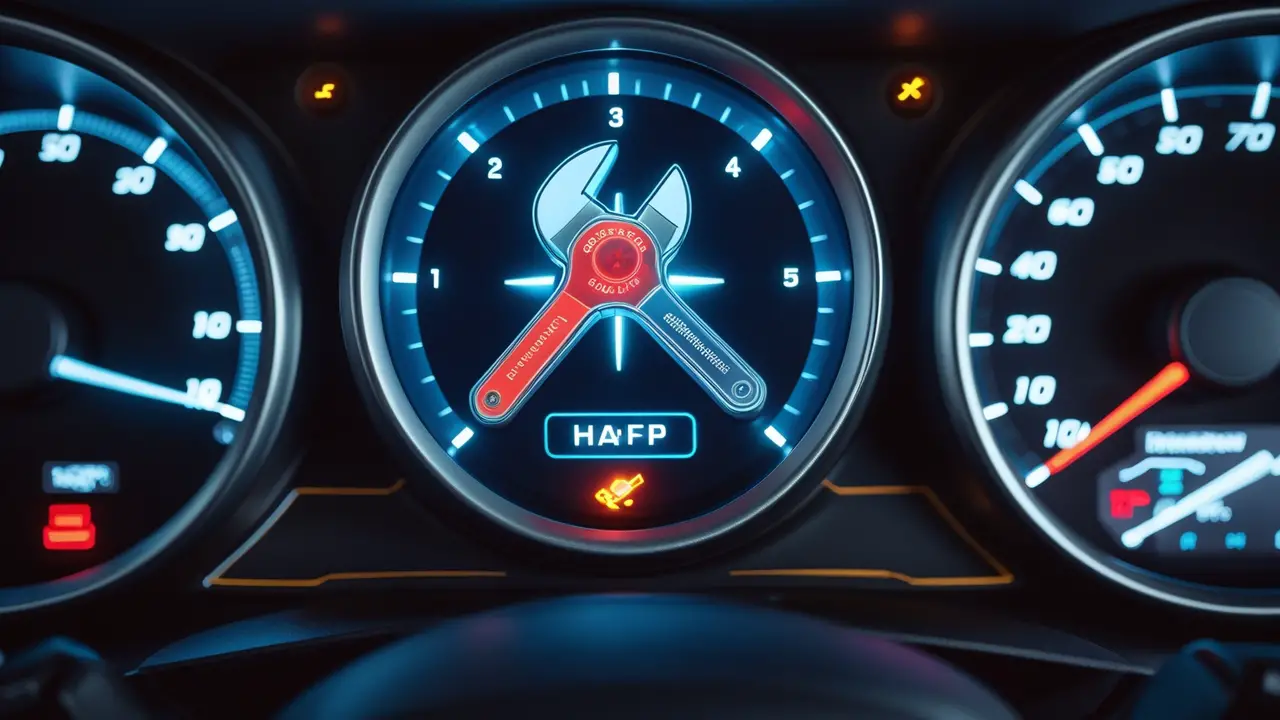
The wrench light is a common indicator found in modern vehicles that is designed to alert drivers of potential issues with their vehicle’s engine or other systems. When the wrench light illuminates the dashboard, drivers must immediately address any underlying problems before they worsen.
This warning light serves as a valuable tool in ensuring the safety and optimal functioning of the vehicle. The wrench light in a Ford Explorer typically indicates a powertrain or transmission malfunction. Here are some common causes and solutions for the wrench light:
- Throttle Body Issues: A faulty throttle body can trigger the wrench light. Cleaning or replacing the throttle body may resolve the issue.
- Transmission Problems: Issues with the transmission, such as low fluid levels, could cause the wrench light to come on. Checking the transmission fluid and addressing any leaks or malfunctions is essential.
- Sensor Malfunction: A malfunctioning sensor, such as the oxygen sensor or mass airflow sensor, can trigger the wrench light. Replacing the faulty sensor should resolve the problem.
- Electrical Problems: Faulty wiring or a malfunctioning control module can also cause the wrench light to illuminate. Inspecting the electrical system and addressing any issues may resolve the problem.
- Faulty Fuel System: Problems with the fuel system, such as a clogged fuel filter or a malfunctioning fuel pump, can trigger the wrench.
Diagnostic Tools And Techniques
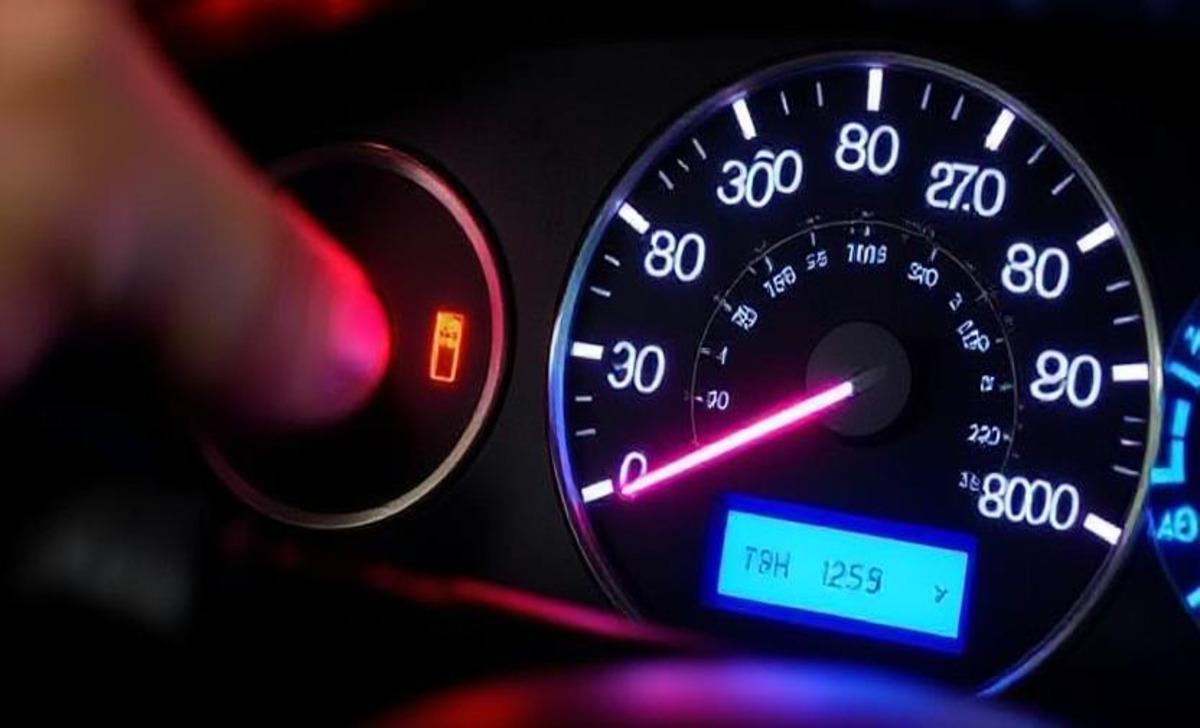
Utilizing advanced diagnostic tools and techniques is essential for identifying and resolving issues with vehicles. When the wrench light in a Ford Explorer appears, it may indicate a powertrain issue that requires immediate attention.
A Ford mechanic can inspect components such as the brake pedal and throttle plate to pinpoint the problem accurately. Prompt auto repair by a skilled professional is crucial in addressing any underlying powertrain issues and ensuring the vehicle’s optimal performance and safety.
Trusting a Ford repair specialist guarantees comprehensive maintenance and efficient solutions for your vehicle. Here are some commonly used diagnostic tools and techniques:
- OBD-II Scanner
- Multimeter
- Visual Inspection
Addressing Electrical Issues
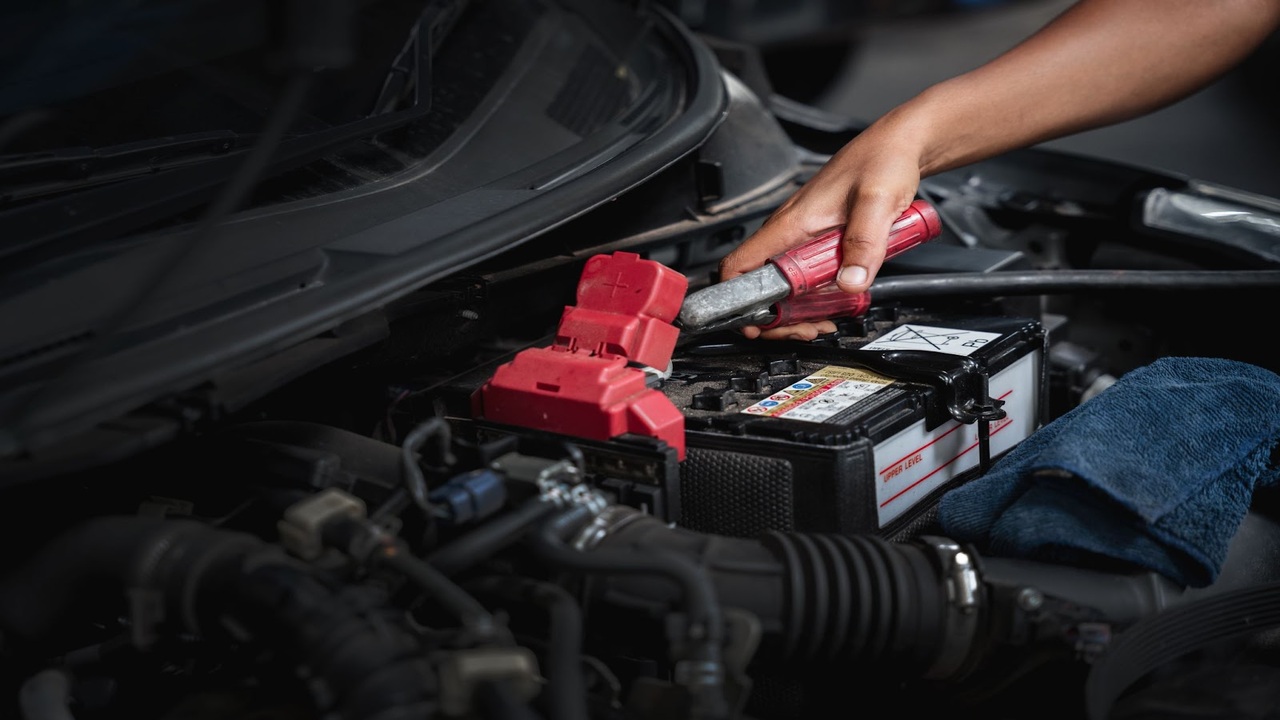
Addressing electrical issues involves investigating the source of problems with the wrench light in a Ford Explorer. Mechanics examine the engine size and assess the functioning of the cruise control system.
They analyze the gas pedal mechanisms to determine any faults, ensuring prompt and accurate repairs to restore optimal performance to the vehicle. To address electrical issues in your Ford Explorer when the wrench light is illuminated, here are some steps you can take:
- Check for Loose Connections: Inspect the battery terminals and ensure they are securely attached. Loose connections can cause electrical problems and trigger warning lights.
- Check The Fuses: Locate the fuse box in your Ford Explorer and inspect the fuses related to the electrical system. If any fuses are blown, replace them with new ones of the same rating.
- Inspect The Wiring: Look for any damaged or frayed wires in the engine bay or around the electrical components. If you find any, repairing or replacing them is crucial to ensure proper electrical functioning.
- Scan For Error Codes: Visit a mechanic or use an OBD-II scanner to retrieve any error codes stored in the vehicle’s computer system. These codes can provide valuable information about the specific electrical issue and help you diagnose the problem more accurately.
Fixing Mechanical Problems
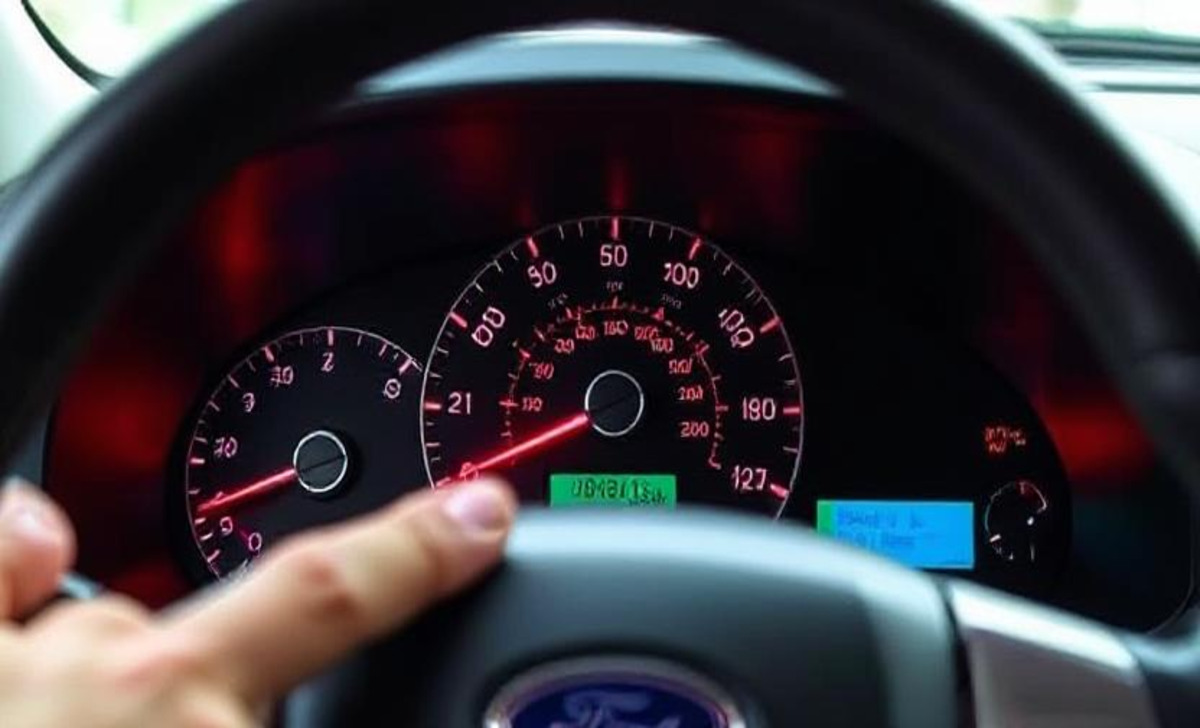
- Identify The Issue: In this case, the wrench light on a Ford Explorer indicates a mechanical problem.
- Consult The Owner’s Manual: Refer to the vehicle’s owner’s manual for specific information on the meaning of the wrench light and possible causes.
- Check For error codes: Use an OBD-II scanner to retrieve any error codes associated with the wrench light. These codes will help pinpoint the problem area.
- Address The Issue: Depending on the error codes and symptoms, there are several potential solutions. Here are some common mechanical problems and their possible fixes:
- Throttle body Issues: Clean the throttle body to remove any carbon build-up or debris. If necessary, replace the throttle body.
- Transmission Problems: If the wrench light is accompanied by transmission-related symptoms (such as shifting issues or slipping), it may indicate a problem with the transmission control module or other components.
Troubleshooting Transmission Issues
it is important to approach the task with a methodical and knowledgeable mindset. Transmission problems can range from simple issues that can be resolved with minor adjustments, to complex mechanical failures that require professional intervention.
If you see the wrench light illuminated on your Ford Explorer, it typically indicates a problem with the transmission system. Here are a few troubleshooting steps you can take to diagnose and address the issue:
- Check for Error Codes: Connect an OBD-II scanner to your vehicle’s diagnostic port to retrieve any error codes. These codes can provide valuable information about the specific problem affecting your transmission.
- Fluid Level And Condition: Ensure that the transmission fluid level is within the recommended range. Additionally, check the fluid’s colour and smell. If it appears dark or has a burnt odour, it may indicate a need for a fluid change or a more serious issue.
- Transmission Leaks: Inspect the transmission for any signs of leaks. Look for red fluid stains on the ground under the vehicle or around the transmission components. Leaks can lead to low fluid levels and cause transmission problems.
Fixing Engine And Fuel System Malfunctions
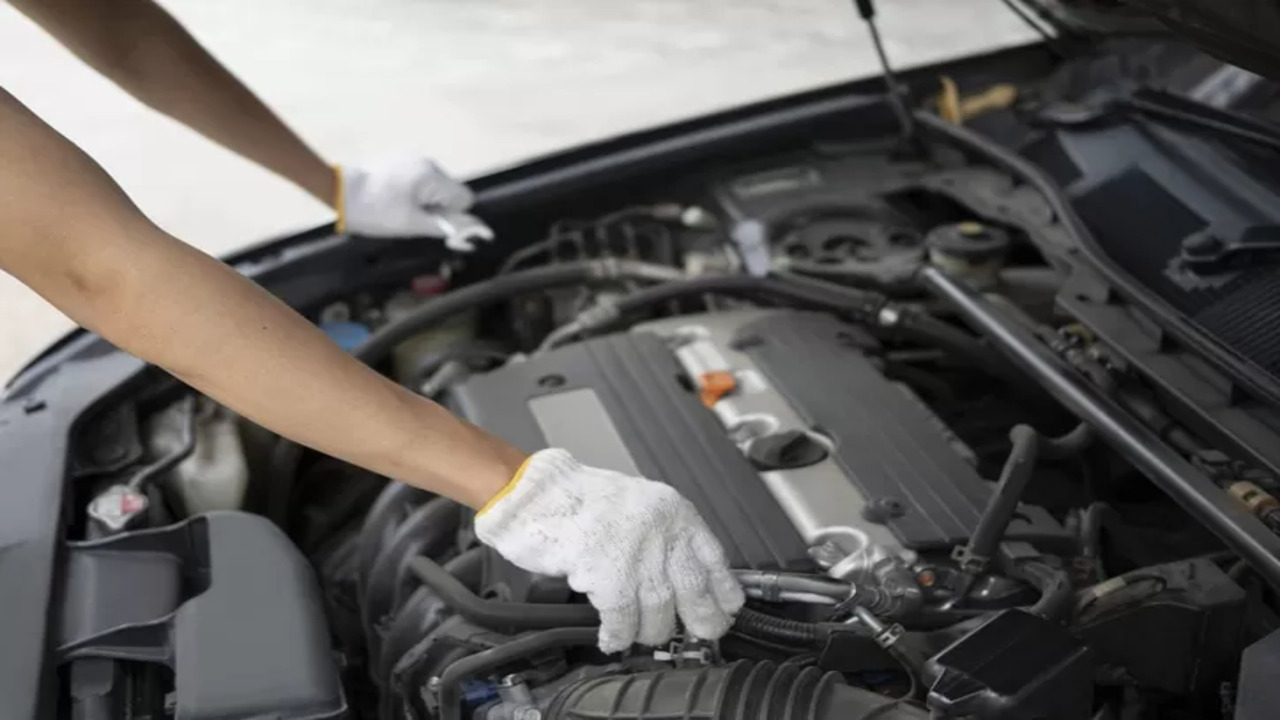
Engine and fuel system malfunctions can pose significant challenges and risks in any vehicle. Engine malfunctions can occur due to various factors, such as faulty ignition systems, worn-out spark plugs, or clogged fuel injectors.
When the wrench light appears on a Ford Explorer, it typically indicates a problem with the engine or the fuel system. Here are some general steps to deal with engine and fuel system malfunctions:
- Pull Over In A Safe Location: If the wrench light comes on while you are driving, try to find a safe spot to pull over and turn off the engine. This will help prevent further damage and potential accidents.
- Check for Other Warning Lights: Pay attention to any other warning lights that may be illuminated on the dashboard. This can provide additional clues about the specific issue.
- Check The Owner’s Manual: Consult the owner’s manual of your Ford Explorer to find information about the wrench light and what it signifies specifically for your vehicle. It may provide troubleshooting tips or specific instructions on what to do next.
- Check For Loose Connections: Open the hood and check for any loose or disconnected wires or hoses in the engine and fuel system. Ensure that everything is properly connected and secure.
Dealing With Other Models?

Fixing mechanical issues with other models, like the Ford Explorer Sport Trac, often involves addressing the Wrench Light, which indicates potential problems with the engine or transmission.
Despite this, Ford maintains its reputation for quality by offering reliable trucks with innovative features. Seeking assistance from a Ford dealer ensures prompt resolution of any car problems, ensuring your vehicle runs smoothly and safely on the road.
Conclusion
The wrench light Ford Explorer may signal a variety of issues, ranging from a simple loose gas cap to more serious engine problems. It is important to take note of the wrench light and address any underlying issues as soon as possible to ensure the safety and functionality of your vehicle.
If the light persists or you are unsure of the problem, it is always best to consult a professional for a thorough diagnosis and proper repairs. We recommend consulting a professional mechanic to diagnose and address any vehicle issues accurately.
By staying proactive and addressing any issues promptly, you can keep your Ford Explorer running smoothly and avoid any potential breakdowns on the road.
Frequently Asked Questions
1. Can You Drive With The Wrench Light On Ford?
Yes, you can drive a Ford vehicle with the wrench light on but in limp mode. However, a professional should check the vehicle as soon as possible to determine the cause of the wrench light. Continuing to drive with the light on may result in potential damage to the vehicle or compromised performance.
2. What Are The Common Misconceptions About The Wrench Light On A Ford Explorer?
Common misconceptions about the wrench light on a Ford Explorer include associating it solely with engine issues. In reality, the wrench light can indicate various mechanical problems beyond the engine, such as transmission, throttle, or electronic stability control issues.
3. How Do You Remove The Cover Over The 3rd Brake Light Unit?
To remove the cover over the 3rd brake light unit in a Ford Explorer, locate the retaining clips or screws securing the cover. Use a screwdriver or pry tool to release the clips or unscrew the screws carefully. Once released, gently lift the cover to access the brake light unit.
4. How Is The Wrench Light Different From The Check Engine Light?
The wrench light on a Ford Explorer typically indicates a problem with the vehicle’s electronic throttle control or transmission. In contrast, the check engine light illuminates when the onboard diagnostic system detects issues related to the engine or emissions system, such as sensor malfunctions or engine misfires.
5. What Are The Long-Term Effects Of The Wrench Light On A Ford Explorer?
The long-term effects of the wrench light on a Ford Explorer depend on the underlying cause. Ignoring the wrench light can lead to further mechanical damage or safety risks if not addressed promptly.
Regular maintenance and timely diagnosis and repair can help prevent potential long-term issues and ensure the vehicle’s reliability and safety.
6. Why Is The Wrench Light On Your Dash On the 2015 Ford Explorer?
The wrench light on a 2015 Ford Explorer typically indicates a powertrain or transmission issue, such as a malfunction in the electronic throttle control system. It’s essential to diagnose the specific cause to address the underlying problem promptly.
7. How Much Does It Cost To Fix The Wrench Light On A Ford Explorer?
The cost to fix the wrench light on a Ford Explorer varies depending on the underlying issue. Simple fixes like resetting the system or replacing a sensor may cost around $100 to $200, while more complex repairs, such as transmission or throttle body replacement, could range from $500 to $1500 or more.
8. What Does The Wrench Warning Light On The Dash Of Your Ford F250 Mean?
The wrench warning light on the dash of a Ford F250 indicates a powertrain or transmission malfunction. It’s a signal to address the issue promptly to prevent further damage to the vehicle’s drivetrain components.
9. How Long Can You Drive With The Wrench Light On In A Ford Explorer?
Driving for an extended period with the wrench light on in a Ford Explorer is not advisable. Continuing to drive with this warning light illuminated could lead to further damage to the vehicle’s powertrain or transmission. It’s best to diagnose and address the issue as soon as possible.
10. How Do You Diagnose The Wrench Light On Your Ford Explorer?
To diagnose the wrench light on a Ford Explorer, check for any accompanying error codes using a diagnostic scanner.
Then, inspect the vehicle’s powertrain components, such as the throttle body, sensors, and transmission, for any visible signs of damage or malfunction. Consider consulting a professional mechanic for a comprehensive diagnosis and repair plan.
11. What Are The Most Common Repairs For The Wrench Light On A Ford Explorer?
Common repairs for the wrench light on a Ford Explorer often include issues with the throttle body, transmission, or electronic throttle control system. These can range from sensor malfunctions to more significant mechanical issues requiring professional diagnosis and repair.
12. Does The Wrench Light Go Out If You Shut The Engine Down And Restart?
Yes, in many cases, the wrench light will go out if you shut the engine down and restart it. However, if the underlying issue persists, the light may return once the vehicle is driven again. It’s essential to address the root cause to prevent further problems.
13. How Often Does The Wrench Light Come On In A Ford Explorer?
The wrench light frequency in a Ford Explorer can vary depending on the vehicle’s condition and usage. It may come on sporadically due to minor issues or more frequently if underlying mechanical or electrical problems need attention.
14. What Is The Powertrain Warning Light On A Ford Explorer?
A wrench symbol often represents the powertrain warning light on a Ford Explorer and indicates a problem with the powertrain system. This includes the engine, transmission, and other related components. When illuminated, it signifies that the vehicle’s computer detected a fault requiring attention.
15. Why Is There A Wrench Light But No Code On Your Ford?
If the wrench light is illuminated on your Ford but no diagnostic trouble codes (DTCs) are present, it could indicate an intermittent issue or a problem with the sensor or monitoring system. A thorough diagnostic inspection by a qualified technician may be necessary to identify and resolve the issue.